Here you’ll find a collection of things that I do, make, say and think. A collection of projects I publshare on other sites online. Including; custom built and designed guitar or Hi-Fi amplifiers and effects, custom PC servers, and rescued, upcycled hardware. Simply a central place to collect what I’m doing with some of my a creative rest at any given time.
If you are in search for my professional information go to >JohannesJohansson.com<
For multiple ways to contact me this >linktree< makes it easy.
Categories
- DIY (23)
- DIY Audio (12)
- DIY Computation (7)
- DIY Misc (5)
Random Posts
-

Pedal Progression: 1 Range Master
In this series I revisit and re-build some of my favorite guitar pedals. Here a treble booster is given some of the best vintage parts […]
-

Cat tree
Say you want a cat tree on your balcony, buying one covered in fluff, like most are, is clearly a bad idea. Tossing something together […]
-

PC water cooling: Maintenance
When watercooling a computer the goal is lower temperature and/or better noise to performance ratio, while also allowing for much smaller footprint with quite high […]
-

Homelab: 4 Family & apartment friendly server cabinet
Finding ways to live with an interest in computers can be a challenge. That is having half a dozen computers running 24/7 is not something […]
-

Restomod Car: 1 Engine
With an old, regular, car like this, it is usually abandoned for a crusher, or parts hunter, however restoring and rebuilding it better than stock […]
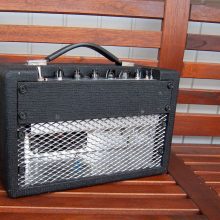
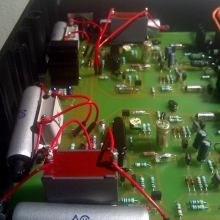
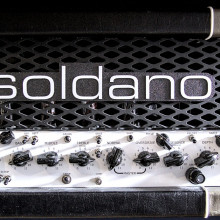
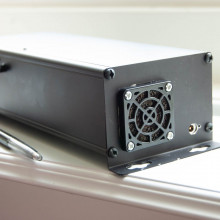

Amiga next-gen build: sam440ep
Amiga is a name of a computer and Operating System of the 80’s and early 90’s before a slow self-destruction in various ways, however it never really ever died. This build use a much more recent custom ITX board and some nice cooling and case solutions to make things interesting.
There still is to this day (as late as 2024) custom hardware (IBM PowerPC) made to run an updated OS, completely different from platforms supporting the usual Windows MacOS or Linux (all based in x86). An OS able to run things like versions of Firefox and a Chrome core for the webb, view YouTube if your willing to jump a few hoops.. etc. and use semi-modern hardware like up to AMD Radeon RX590 GPUs from 2018. If you really want to you may run some early 2000’s games never ever conceived to be possible on this platform (like doom 3 and quake 3), mostly, however it’s about running other utilities and living with something you grew up with in the 80’s and 90’s. For what may be termed a hobby-OS, there really is nothing else like it, custom hardware (when being generous), like what made the original Amiga famous, and a unique software platform (though the AmigaOS inspired other OS’es like MorphOS also possible to run on some modern Amiga machines ). This in a day when there really is only two common bases of operating systems, Windows and Unix, as Linux and for a couple of decades MacOS is both based on a *NIX core.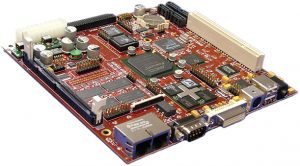
This system was however left sitting for a number of years due to instability issues. Not uncommon as it was affected by the so called ‘capacitor plague’. A lot of capacitors, necessary in electronics, tended to die prematurely when produced between 1999 and 2007 due to a stolen but incomplete formula from a Japanese company. A fix was to change the caps, much like I rescued an old monitor (link) but the fix was insufficient due to the tools and the very heavy duty power board.
In general there where a number of additions, I included a rare, and well working USB to ps/2 adapter so it could be easily hooked up to my kvm (very few works well with PS/2 mouse pass-through for the kvm), as well as an early and rare ssd that used heavy ‘garbage collection’, nor necessitating the ‘trim’ function that is needed to be added in the OS. SSD’s would otherwise slowly bog down and become unusable, a problem plaguing early ssds. for storage I also like the eSATApd plug, which is one plug that supplies, 5V 12V USB and eSATA in a single connector really efficient and installed in many of my computers for ease of access with external harddrives running the speed of SATA.
Happily in the end its well functioning and the CPU could also be overclocked somewhat, useful and a little payoff of the cooling, perhaps. Generally though it’s just a return on solving problems that didn’t exist but ending up with a unique creation. A very nice little piece that can be tucked away in a drawer, or under a main PC.